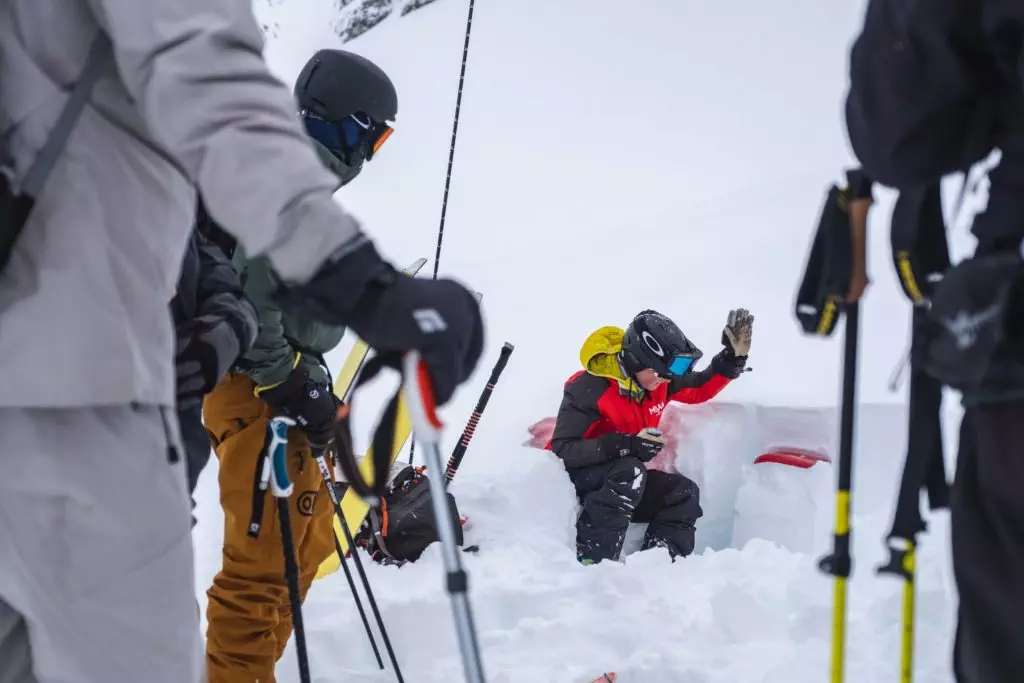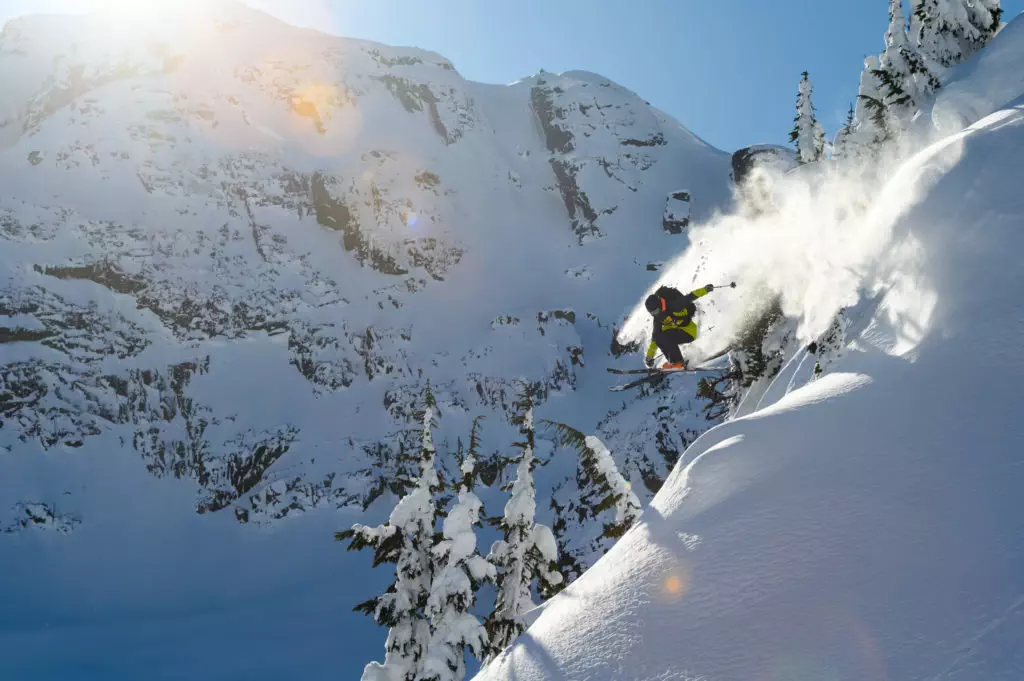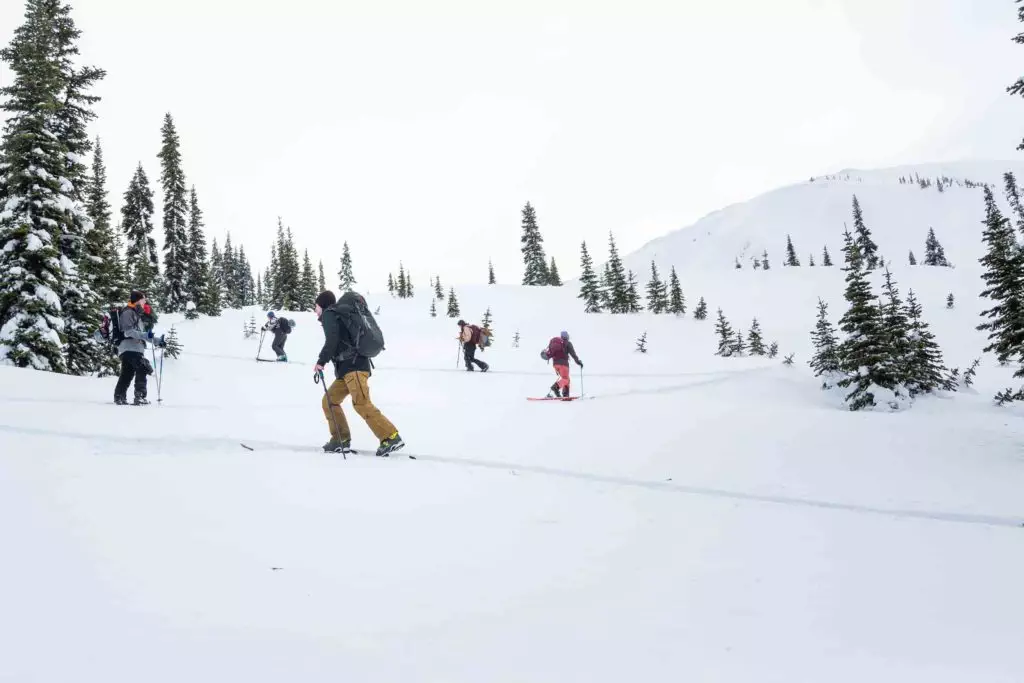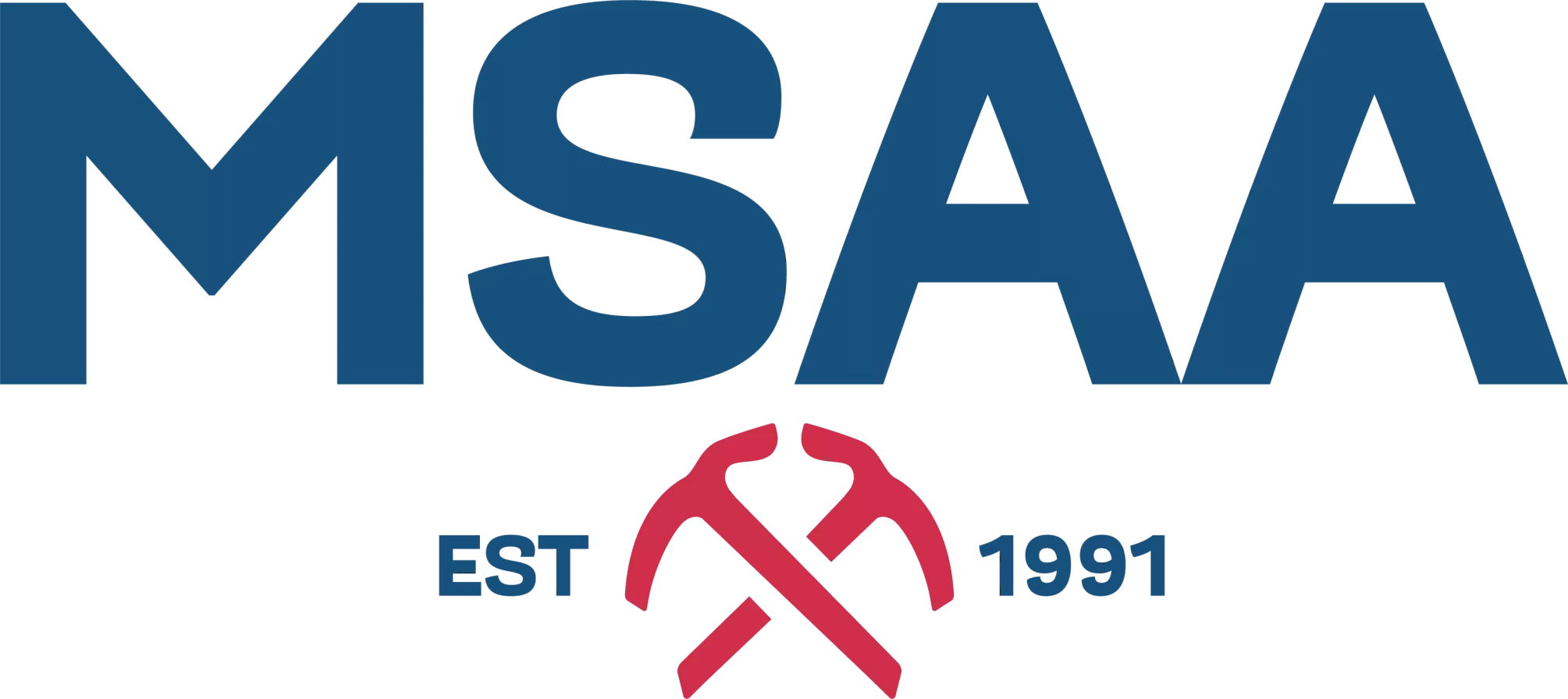The motivation to travel beyond the ski resort boundary rope has never been bigger. Ski and snowboard touring equipment is lighter, stronger and stiffer than ever before. Tracks fill out resorts on powder days in less time than it takes to cook pasta. People are yearning for fresh terrain, fresh tracks and fresh experiences. The prerequisite? Getting educated with an avalanche course. To help bring you up to speed on this essential piece of mountain education, we’ve answered some Frequently Asked Questions.
Where do I start?
If you’re an advanced freerider looking to shred backcountry lines and haven’t taken an avalanche course yet, the Avalanche Skills Training Level 1 (AST 1) is the course for you.
Similarly, if you can ski or snowboard to an intermediate level (including powder), are motivated to hike up hills for fresh snow and want to begin exploring the beautiful backcountry that the Coast Mountains have to offer, the AST 1 course is also your first port of call.
Avalanche courses all require you to own or rent your personal avalanche safety equipment (transceiver, shovel, probe), as well as the means to hike up hill on snow (snowshoes or split board for riders, skins and touring bindings for the skiers). The course takes two days and runs on most weekends throughout the season.

What do I learn?
The AST 1 curriculum (as set by Avalanche Canada) includes two full days of instruction. At Mountain Skills Academy & Adventures, we allocate the first day to the classroom and the second day for field instruction. The indoor portion includes an introduction to snowpack, terrain, hazard mitigation, information resources, decision-making competence and human factors. The field day includes the practical application of companion rescue, travelling through avalanche terrain, snowpack tests and observations, as well as descending avalanche terrain (powder skiing/riding if conditions allow).
For a more in-depth course, the AST1+ offers a self-paced online learning course followed by two full days in the field. All the same topics are covered as in the AST1, with the addition of more learning about track setting, in-terrain hazard awareness and being efficient in the backcountry.
For a full rundown of the course description and itinerary check out our AST 1 and AST1+ course pages for Whistler and Squamish.

Does completing the AST Level 1 make me qualified for backcountry travel?
This is a bit of a loaded question, but the short answer is not really. The AST Level 1 is designed to give people the training to use avalanche rescue tools effectively and help mitigate hazards by making informed decisions. It doesn’t mean you are necessarily ready to travel into complex terrain when the danger rating is elevated. It allows you to acknowledge the danger of the situation and factor that into your decision.

Where do I go from here?
The best way to gain experience after your course is to find a mentor; someone who has a few years experience in the backcountry and has done a higher level of training. Like a freshly graduated apprentice, after completing your AST 1 your learning now truly begins. Start by touring into simple terrain first and always be observing the environment around you. Remember, slides can happen no matter what the danger rating is or what slope conditions are.
I’ve gained a few season’s experience and I’m ready for the next step. What course can I take?
The next level of training for backcountry recreationists is the four-day AST Level 2. If you intend on travelling into glaciated terrain consider taking a crevasse rescue course and if you are new to navigating by map and compass, take a look at our Mountain Navigation course. For a full list of courses and dates click here.

